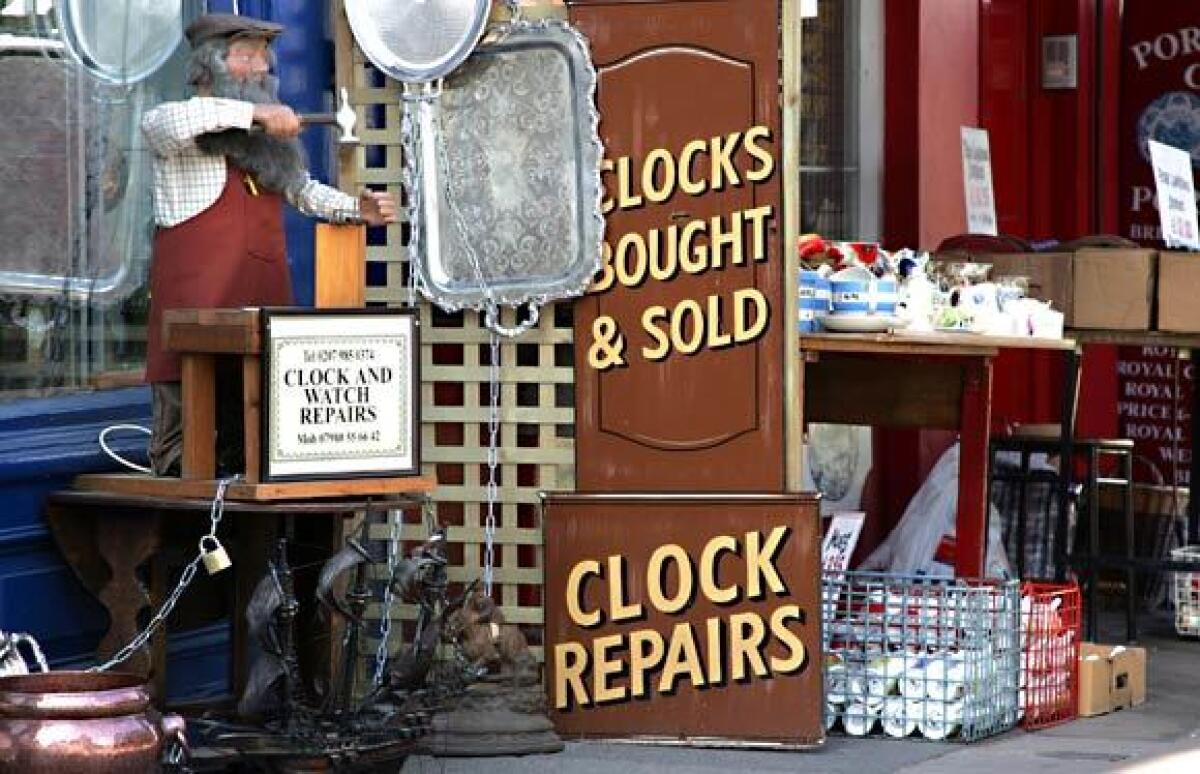How to haggle in Europe

At Europe’s lively open-air markets and bazaars, bargaining for merchandise is the accepted and expected method of setting a price. Whether you’re looking for door knockers or hand-knitted sweaters, seize the chance to bargain like a native. It’s the only way to find a compromise between the wishful thinking of the seller and the souvenir-driven lust of the tourist.
Bargaining can be fun if you learn how to haggle. Among many good markets where you can practice your skills are Amsterdam’s Waterlooplein, London’s Portobello Market, Paris’ Puces de St-Ouen, Madrid’s El Rastro, and the souk of Tangier in Morocco. Caution: Pickpockets enjoy flea markets as much as you so wear your money belt.
Before making an offer, determine whether bargaining is appropriate. It’s bad shopping etiquette to make an offer for a tweed hat in a London department store, but it’s foolish not to at a Greek outdoor market. In Venice, Italy, walk away from knockoffs; sellers and even buyers are subject to fines.
To learn whether a price is fixed, show some interest in the item, but say, “It’s too much.” You’ve put the merchant in a position to make the first offer. If he comes down even 2%, haggle away.
If prices aren’t posted, assume there’s a double standard: one price for locals and one for you. So it’s to your benefit to find out what the locals pay. I remember thinking I did well in Madrid’s flea market until I learned my Spanish friend bought the same shirt for 30% less.
To avoid buyer’s remorse, decide what an item is worth to you before you begin to haggle. In determining the item’s value to you, consider the hassles of packing it or shipping it home. (If a merchant ships an item for you, take a picture of yourself with the item and merchant; it will help you get the item replaced in case it arrives in pieces.)
When you’re interested in an item, look indifferent. Too much interest means you’ll never get the best price. Your job is to determine the merchant’s lowest price. Many merchants will settle for a small profit rather than lose the sale. Promise yourself that no matter how enticing the price becomes, you won’t cave in. Work the cost down to rock bottom, and walk away. That last price the vendor shouts out as you turn away is likely the best price you’ll get.
Work as a team with your spouse or a friend. While you bargain, your companion can act the part of naysayer, threatening to squash the deal. This trick can bring down the price faster.
Obey the rules. Don’t hurry. Bargaining is rarely rushed. Show you are serious by taking the time to talk with the shopkeeper. Dealing directly with the owner can lower the price (because there’s no sales commission).
If the price is right and you are ready to buy, show the merchant your money. Hold out the amount you are offering to pay for whatever you are haggling over. The seller will be tempted to take your money and say, “OK.”
Prices can drop at the end of the day, when merchants are starting to pack up. Swoop in at closing time to snap up the real deals.
If the price is too much, move on. Never worry about having taken too much of the merchant’s time. Vendors are experts at making the tourist feel guilty for not buying. It’s all part of the game.
It’s true that you might find the same souvenirs in a large department store, with a firm price. But where’s the fun in that? Store shopping can be quicker and easier — but it’s never as memorable.
More to Read
Sign up for The Wild
We’ll help you find the best places to hike, bike and run, as well as the perfect silent spots for meditation and yoga.
You may occasionally receive promotional content from the Los Angeles Times.






